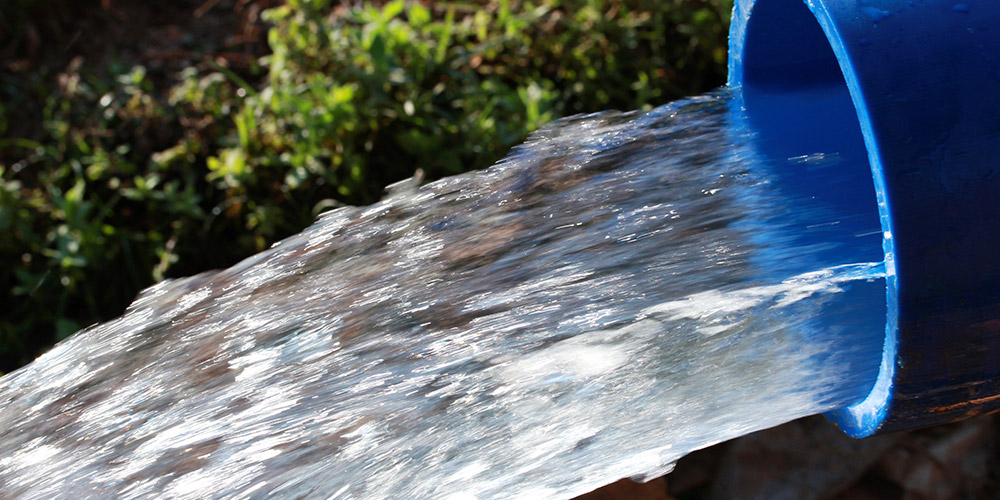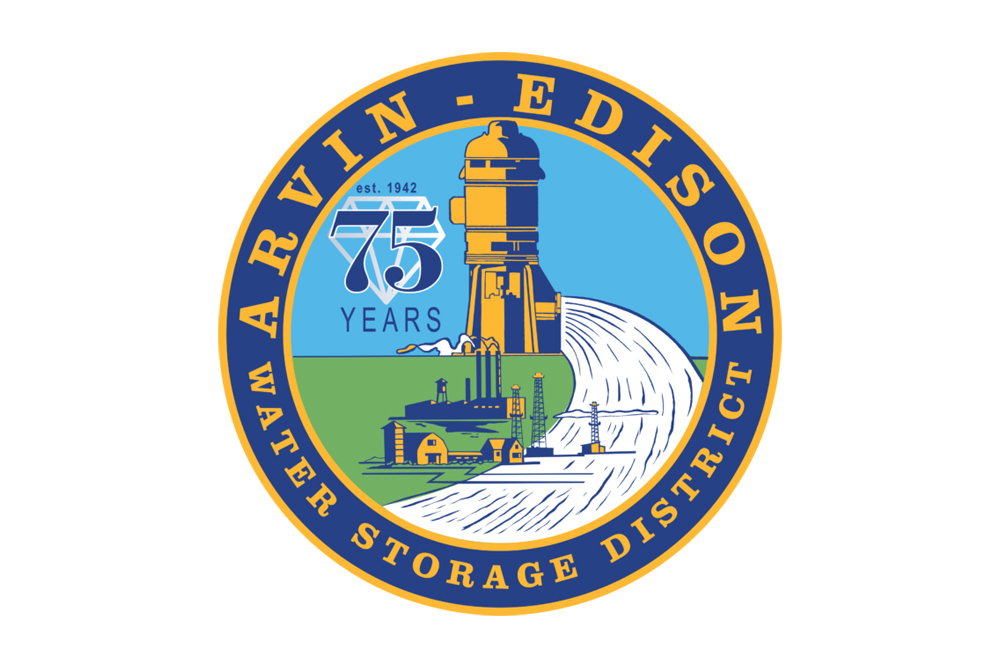The North Fork Kings Groundwater Sustainability Area meeting was held on Wednesday, February 28, 2018 at the Riverdale Community Education Center. Chairman Mark McKean called the meeting to order at 5:30 pm. There was some public comment on the matter of grant money for public outreach. The minutes, directors’ reports and staff reports were given quickly. Eric Osterling, Kings River Conservation District reported on the Prop One grants. The Kings River Sub Basin had hoped to secure $1.5 million to split among the seven GSAs. Osterling reported that money has been approved.
The board voted to join with the South Fork Kings GSA to share relevant data and establish a set of common assumptions on groundwater conditions within five miles of the boundary between the two GSAs. The board also chose to table the appointments of applicants for the Rural Community Advisory Committee. Although there was a plethora of qualified applicants the board hoped there would be more diversity in location as opposed to most of the applicants being from the same town.
Cristal Tufenkjian, KRCD reported on stakeholder outreach and communications. Starting next week there will be workshops to educate the folks in NFKGSA about how a 218 Election will be held and why.
The next meeting date is scheduled as Wednesday, April 25th at the same location.
GSP Preparation
Kevin Johansen, Provost & Pritchard gave an update on how the Groundwater Sustainability Plan preparations are coming along. McKean said all seven of the GSAs will submit a GSP but they will be coordinated for the entire sub basin. He spoke about the six undesirable results and what would happen if the State Board takes over.
The goal is to get a draft North Fork Kings GSP prepared by the end of this year to allow time to coordinate with the other GSAs in the sub basin and due to required public outreach by 2020. In addition SGMA requires coordinating with the adjoining sub basins, so, that’ll be fun. There will be five-year reviews between 2020 and the end date of compliance – 2040.
Achieving an efficient GSP the preparation process will require a great deal of input and review by the stakeholders. There has been an overdraft in the Kings Sub Basin of 234,000 a/f per year since 1975. Setting the benchmark year is flexible. Unlike salmon runs on the San Joaquin River the aquifer in the Kings Sub Basin does not have to be restored to pre-Columbian levels.
The seven GSAs meet to coordinate efforts monthly at Fresno Irrigation District offices. There are technical memorandums, a regional water budget, a coordinated data management system and many other wonderful things created at these meetings. I haven’t yet attended a coordination meeting for the Kings Sub Basin; but I have no doubt this is where the heavy lifting will take place. The hydrologic period for a base line must be selected. How much groundwater has been stored and has flowed in and out underground. For instance; water flows into the NFKGSA from the Central Kings GSA. A little bit flows out to the McMullen Area GSA.
Johansen said the NFKGSA has the most complicated geology in the Kings Sub Basin. On the east side there is an unconfined aquifer. As you go west there are three or four clay layers that create confined water bodies. The groundwater moves from east to west in this area. Confined water is under pressure as water enters into the zone with clay layers above and below. An unconfined zone’s water pressure is downward. The Corcoran Clay layer, also known as E-Clay layer requires wells at 1,500 feet deep or more to penetrate. Using well data to determine the extent of the clay layers has been the method used but it is inexact. The wells in the NFKGSA have been averaging a drop of three feet per year since 1996.
McMullin Area GSA gets groundwater flows from three other GSAs. Scott Sills, GM Laguna ID said it’s like having three bathtubs emptying with McMullin under all three drains. So, McMullin’s change in storage is less than surrounding GSAs even though it doesn’t have surface water conveyance for the most part. The amount of surface water (almost entirely Kings River flows) into NFKGSA varies greatly on an annual basis. From as low as 41,000 a/f to as high as 347,000 a/f over more than a decade from 1997 to 2011. DWR developed a map showing what crops are grown where and that can be a tool to determine how much water is used. Johansen had a breakdown of the NFKGSA area of what kind of crops are being grown. About 85 percent of the area is in some kind of crop. The estimated water demand is 430,000 a/f. That doesn’t all have to be imported surface water or just well pumping and about 100,000 a/f is met with just rainfall.
However, and this is just a wild guess, rough estimate, illustrative figure but the NFKGSA will need 3,600 acres more of ponding basins and the accompanying conveyance to recharge 60,000 a/f per year. There is not nearly enough data to use the above figures; but they show how the variables can be linked in a formula. But one thing that’s clear is there will be a need for much more recharge to take place to avoid the undesirable results. This will be one of the big deals in preparing the GSP. Also, it was pointed out some of the better recharge areas are in the white areas that have no surface water.
Johansen next spoke about the 218 Election. It looks like it could be a $10 per acre assessment. A gentleman in the audience asked if the GSA wasn’t able to keep the state out would the 218 costs go away. Well, while nobody wants that to happen it was conjectured with the state in charge the GSA’s costs would go way down; ipso facto. But, it is more than $6.5 million over the life of the 218 so that’s an important question. And no one thinks that amount will solve things. Director Frank Zonneveld, Laguna ID said his district has commissioned Bakersfield attorney Ernest Conant to prepare a policy to take into consideration private banking on farms. McKean suggested getting attorney Aubrey Mauritson and staff to look into this more. He then adjourned the meeting.
DISCLAIMER OF RESPONSIBILITY; Waterwrights.net strives to provide his clients with the most complete, up-to-date, and accurate information available. Nevertheless, Waterwrights.net does not serve as a guarantor of the accuracy or completeness of the information provided, and specifically disclaims any and all responsibility for information that is not accurate, up-to-date, or complete. Waterwrights.net’s clients therefore rely on the accuracy, completeness and timeliness of information from Waterwrights.net entirely at their own risk. The opinions expressed in this report are those of the author and do not represent any advertisers or third parties.
ALL RIGHTS RESERVED. Copyright 2018 by Don A. Wright No part of this publication may be reproduced, stored in a retrieval system, or transmitted in any form or by any means, electronic, mechanical, photocopying, recording, or otherwise, without the prior written permission of DAW.
SGMA The Sustainable Groundwater Management Act of 2014 calls for the formation of Groundwater Sustainability Areas within Basins and Sub-basins to develop Groundwater Sustainability Plans.
North Fork Kings GSA: Directors, Division 1 Buddy Mendes County of Fresno, Div.2 Frank Zonneveld Laguna ID, Div. 3 Carol Hall Laton Community Services Dist., Div. 4 Mark McKean Crescent Canal Company, Div. 5 Leonard Acquistapace Riverdale Irrigation Company, Div. 6 Stephen Maddox Liberty Mill Race Company & Div. 7 Tony Campos Liberty WD

































